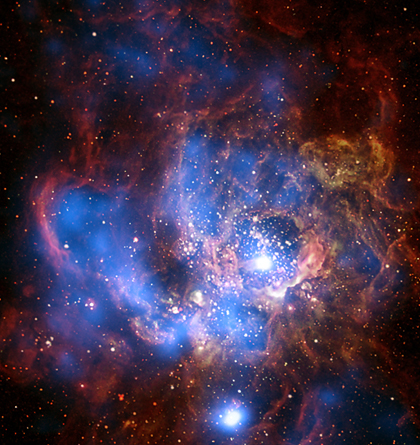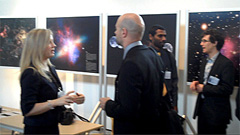Where Does the "Harvard" Come From?
Submitted by chandra on Wed, 2009-02-04 21:18As most of you probably know, Chandra is a NASA mission. But, like with children, it sometimes takes a village to raise a mission. In Chandra's case, not only did it take many individuals to make it a success, it has required many institutions and organizations as well. (For a more comprehensive list, see http://www.chandra.harvard.edu/about/axaf_mission.html) But one frequent question we get is: why do you have "Harvard" in your website's name?







